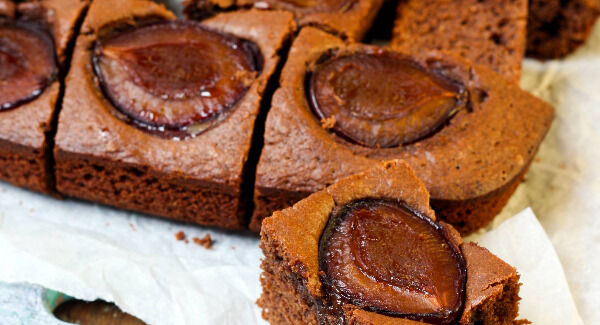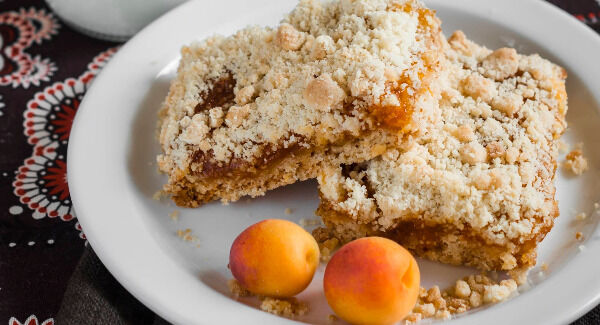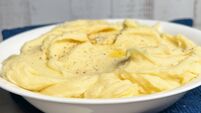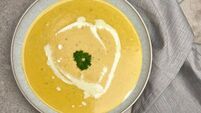Michelle Darmody: Baking with vinegar

Vinegar may seem like an unusual ingredient in cakes and buns but it is one of those slightly magic ingredients that adds to the mysterious alchemy of baking.
Vinegar changes and influences other ingredients it comes into contact with. It can be used to react with baking soda, in place of buttermilk, helping to create the air bubbles that make cakes so light and tasty.
It can make the puffed up egg whites in meringue fluffier, smooth and soft. If you find that a filling for a cake or tart is too sweet a small dash of vinegar will help to make it less cloying. You can also brush some white vinegar on top of a loaf of bread as it bakes and it will help to form a golden crust.
Crazy cake is a recipe that became popular during the Great Depression, in America, as it contains no milk, eggs or butter. The vinegar helps to create structure in the cake by strengthening the gluten in the flour and helping it to create the air pockets that eggs wold usually be responsible for.
The recipe included here is a variation on the original which is sometimes called Depression Cake or Wacky Cake in American bakeries.
Vinegar can be used to off set the sweet flavours in dried fruits or to boost the taste of stoned fruit. Balsamic is a particularly sweet vinegar in its own right and when made into a syrup can be served with ice cream or, coming into the summer months, with fresh strawberries.
Crazy cake tray bake with plum slices

Pre heat the oven to 180 degrees and line a 9 x 12 inch brownie tin.
Sieve the flour, sugar, bread soda and coco powder into a large bowl. Make a well and pour in the oil and vinegar and add 470 mls of warm water and stir everything together. Add in the vanilla and salt and stir again.
Scoop the mixture into the tin and flatten it out. Place the 12 pieces of plum, skin side down, onto the top of the cake. Bake for 30 minutes or until cooked through and a skewer comes out clean. Allow to cool in the tin and cut into 12 pieces.
Grilled peaches with balsamic glaze
Mix the vinegar and sugar in a saucepan over medium heat, stirring until sugar has dissolved. Bring to a boil then reduce to a low simmer. Allow the syrup to reduce by a half, which should take about 15 minutes.
Heat the butter in a skillet pan. I use a ridged pan, the same one that is good to cooking steaks. Once the butter has melted and coats the pan place the peaches skin side down onto the pan and cook for five minutes. Turn the peaches over and fry for another five minutes until soft and beginning to char. The cooking time might vary depending on how soft your peaches are. You want to get a nice charred layer on the outside with the butter and fruit juices becoming sticky.
Serve the peaches warm with a drizzle of the balsamic syrup and a scoop of soft vanilla ice cream.
Apricot and cider vinegar slices

Preheat your oven to 180 degrees and line a 10 inch square tin with baking parchment.
Pour 300mls of water into a saucepan with the dried apricots, fresh apricots and vinegar and gently simmer for ten minutes or until the mixture is soft and thick. Taste and if you feel it needs sweetening add a little honey. The sweetness will depend on your dried apricots, some are far more sweet than others. Remove from the heat and set aside to cool.
Sift the flour and baking powder into a large bowl. Add the sugar, oats and mix well. Add the butter and rub it in with your fingertips until it looks like rough breadcrumbs.
Press half of the mixture intothe base of the lined tin and smoothit out. Spread the cooled apricot mixture on top and then smooth this out.Spread the remaining oat mixture on top and press it down gently with your hands.
Bake for 40 minutes or until golden on top. Allow to cool in the tin then slice.








